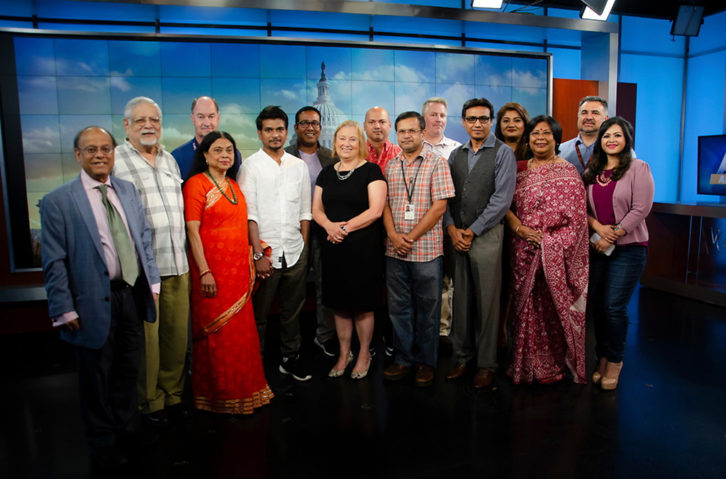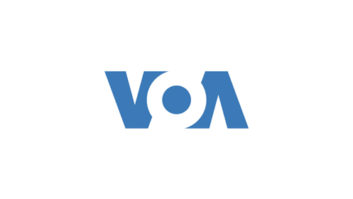Voice of America has launched its first radio program in Rohingya, the language of more than 800,000 refugees who fled Myanmar and are living in camps across the border in Bangladesh.

Many international organizations are working to provide the refugees with necessities such as food, clean water and shelter, but there is another critical need facing these refugees — the need for information. When I visited the largest camp in Cox’s Bazar, Bangladesh, last year, many who had just recently been driven from their homes, wanted to know what was going on back in Myanmar. They wanted to know what the international community was thinking about them, or if they had been forgotten.
The life for these and other refugees and displaced persons is extremely difficult. They are basically stateless, homeless, with little opportunity for education or jobs, and few hopes for the future. They are very isolated and want to know what, if anything, is being done to try to resolve their crises.
VOA’s new Rohingya program is called “Lifeline.” It airs for 30 minutes, five days a week, on shortwave and medium-wave frequencies. The program focuses on the lives and needs of the refugees, providing them with valuable information about the situation in the camps — security issues, food rations, education and health. In addition, a daily segment of the program offers the refugees the opportunity to share their stories and try to connect with relatives in other camps.
There is also a need to address rumors in the camps. Refugees are particularly vulnerable to human trafficking and recruitment by extremist groups. In Bangladesh, they also must deal with natural disasters such as flooding and landslides, especially during the rainy season.
We’ve already had feedback expressing great appreciation for programming in the Rohingya language, and for giving refugees a window to the outside world.

Why did VOA choose to use SW and MW? While there is Internet access in the refugee camp, and limited power supply for televisions or computers, the camp-based refugees, however, share a practice that has been common throughout VOA’s history: They gather around shared radios and listen as a group, much as SW listeners did in years past.
Rohingya is now one of 22 VOA language services that still broadcast radio programming via SW and MW frequencies. Most of these are targeting audiences in Africa and South or East Asia.
VOA’s distribution strategy has evolved over the years to meet changes on the ground in its markets. Where we can get placement on local television, radio, or online affiliates, we do. Where we can build our own FM towers, we do. And in areas where VOA content is aggressively blocked, such as China and Iran, we employ circumvention technology.
A growing proportion of VOA’s audience is now accessing content via mobile devices and social media platforms. In fact, while still the smallest share overall, the digital audience is the fastest growing segment of VOA’s audience over the past five years.
The weekly radio audience has also grown during that time frame, increasing 23 million to a total of 107.9 million. During that same period, VOA’s television audience doubled to more than 174 million, accounting for the largest share of audience.
VOA will continue to adapt to changing market environments in an effort to provide truthful, fact-based news and information to those needing it most: those with little or no access to a free press and those who are inundated with misinformation and disinformation from state-run media or extremist groups.
The growing number of refugees and displaced persons are among those with the greatest need. With numbers now totaling a combined 70 million globally — more than the population of France — and with many children knowing no other life than that in a refugee camp, their needs will continue to grow.
One other way VOA is helping refugees is through its popular Learning English program — another one of our historic practices. Prior to launching the Rohingya language broadcasts, a VOA Learning English team traveled to the Rohingya refugee camps at the invitation of the United Nations High Commissioner for Refugees. The VOA instructors offered six days of intensive training on teaching techniques and methods for 100 selected English teachers. The teachers, in turn, will use the acquired knowledge and the VOA curriculum to train another 5,000 of their colleagues in the camps.
Amanda Bennett is director of Voice of America.






